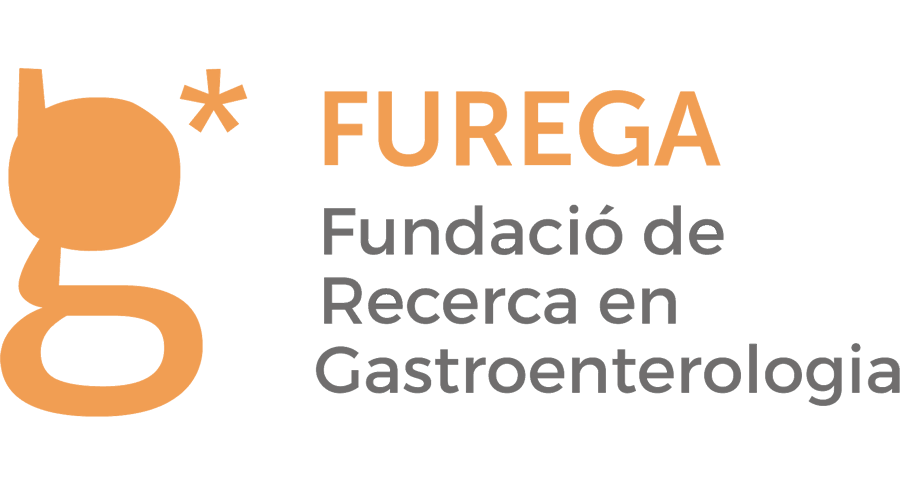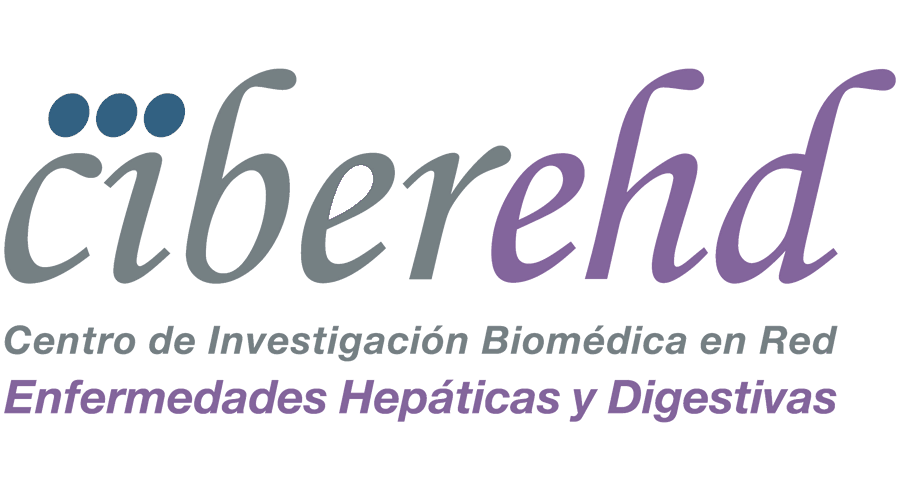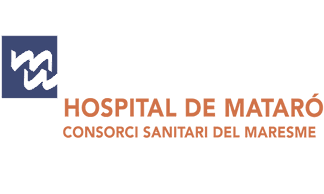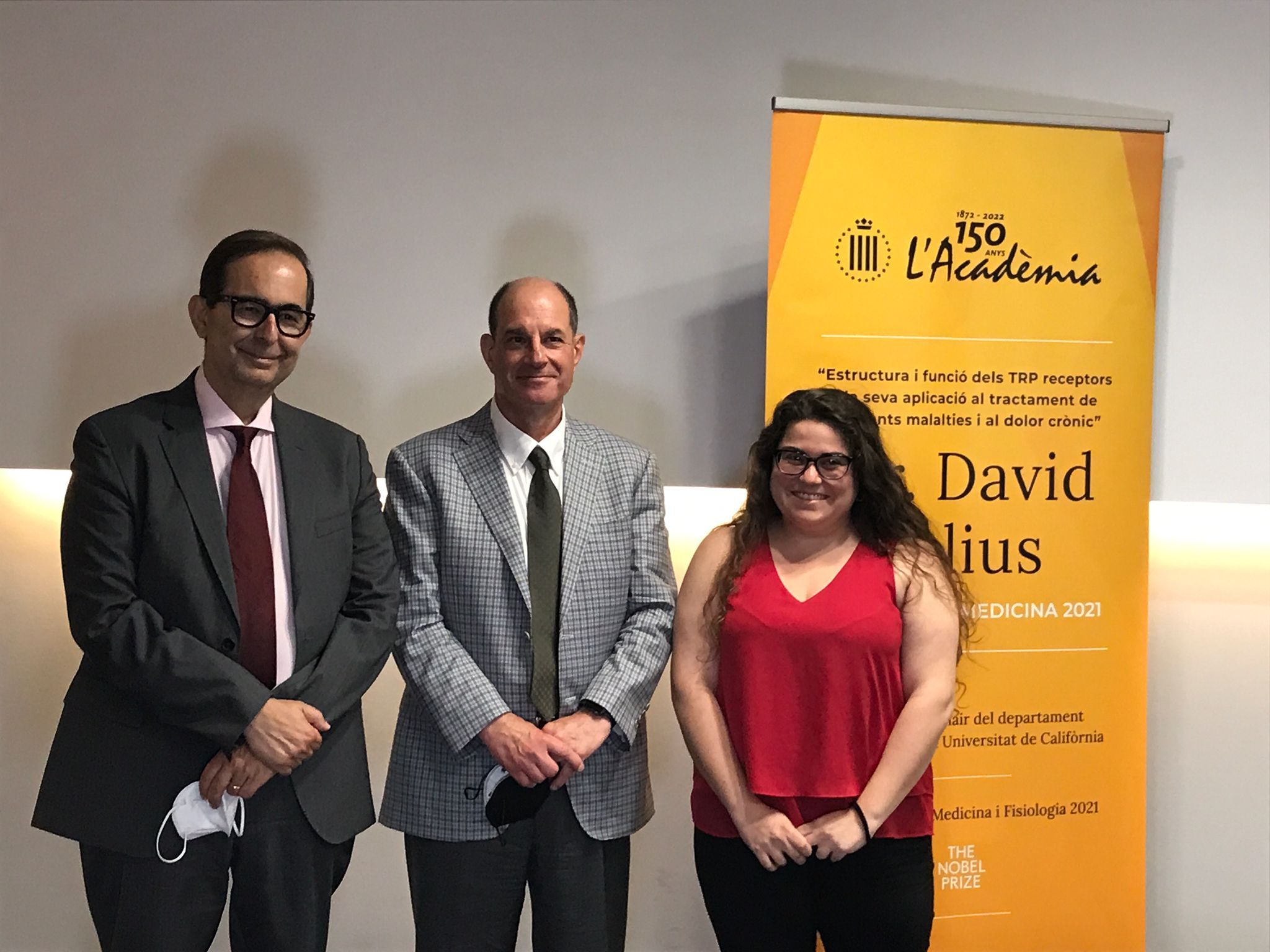The beginnings of the university program
In 2016 a collaboration between Fundació Salut Consorci Sanitari del Maresme (FSCSdM), the European Society for Swallowing Disorders (ESSD) and the Universitat Autònoma de Barcelona (UAB) was initiated to offer a multidisciplinary postgraduate course to enrich the academic-clinical knowledge of Swallowing Disorders aimed at all health specialties involved in these pathologies, from an international and multidisciplinary point of view. It is for this reason that it has international faculty from different disciplines.
During the 2016-2017, 2017-2018 and 2018-2019 editions, the Postgraduate Diploma on Swallowing Disorders was carried out, a diploma of its own type (within the legislation of the UAB) and 57 ECTS.
Translated with DeepL.com (free version)


In the 2019-2020 edition it was extended to a proper Master’s degree, with 66 ECTS, adding a Master’s Final Project (TFM) that introduces the student to clinical research in this field. And giving the option to graduates of previous PGD courses to obtain the Master’s degree by completing the TFM. Since the beginning of the Master’s program, the option of taking the PGD is still in force, and it is a postgraduate course of 51 ECTS. The courses were maintained with these credits until the 2022-2023 edition.
Since the 2023-2024 edition, due to the update of the university regulations, the Master in lifelong learning has 60 ECTS, and the Diploma of specialization consists of 51 ECTS.
The content is reviewed and updated annually in order to maintain quality teaching in line with current needs.
Participation international
A total of 233 students have attended the Swallowing Disorders and Swallowing Alterations programs, from the first edition 2026-2027 to the last 2023-2024. These 233 have 11 different health professions, the most frequent being speech therapy, otorhinolaryngology, general medicine and nutrition; others also present with fewer students have been nursing, physiotherapy and occupational therapy.
With regard to the countries of origin, the territory with the highest number of students was Spain with a total of 62, followed by Chile (48 students), Colombia (18), Portugal (13) and Mexico (11). Other countries with a considerable presence in the courses were the United States, Italy, Paraguay and Greece.
The plurality of disciplines and countries aims to offer students a broad and professional vision of the diagnosis and treatment of swallowing disorders, allowing them to share experiences and cooperate.

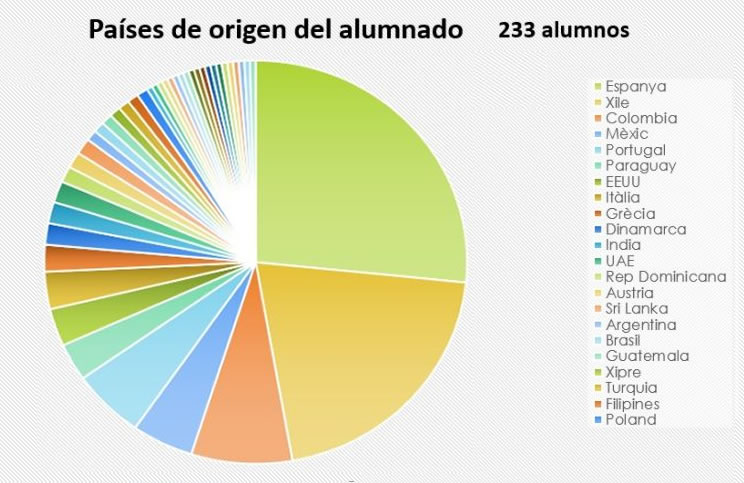
Our Collaborators
Collaborate with us


